Active Chilled Beams (ACBs) are capable of delivering up to 1500-BTUs per Liner Foot of beam of sensible cooling when supplied with medium...
Continue ReadingTopic: Design Engineer Tips
Hydronic HVAC Systems: Air Elimination vs. Air Control
Earlier, in the blog post “Why Air Must Be Removed from Hydronic HVAC Systems," we discussed several of the issues free air and dissolved air may...
Continue ReadingPump Talk: Variable Speed Pump Efficiency Advantages
Utilizing Variable Frequency Drives (VFDs) for HVAC pump motors is a widely accepted practice due to its energy-saving opportunities. These savings...
Continue ReadingIs Your Commercial Boiler Ready for Winter?
I’ve been in the commercial HVAC rep business for over 15 years now and have helped many people design and select boiler systems for their buildings....
Continue ReadingBest Installation Practices for All HVAC Pump Styles
You can purchase the best pump in all the world for your commercial HVAC system but, if it is installed improperly, it will mean additional costs in...
Continue ReadingThe Case for Vertical Inline Split Coupled Pumps
Vertical inline split coupled (VISC) pumps are functionally identical to Vertical Inline Close Coupled (VICC) pumps with the glaring difference being...
Continue Reading12 Resources for Hydronic HVAC System Designers
Hydronic HVAC system design can be complex. There are many mechanical, electronic and computerized components that now go into a commercial HVAC...
Continue ReadingThe Case for Vertical Inline Close-Coupled Pumps
The vertical inline close-coupled (VICC) pump operates internally on the same principle as end suction pumps. The big difference is that physically,...
Continue ReadingThe Case for Close-Coupled End Suction Pumps
Close-coupled end suction (CCES) pumps are reliable and easy to install. Like the BMES, the CCES pump is one of the most cost effective types of...
Continue Reading
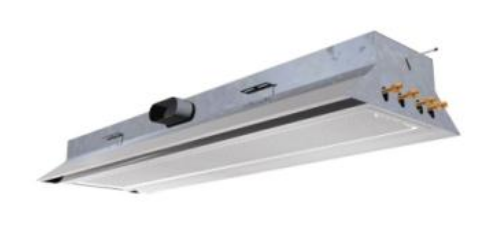
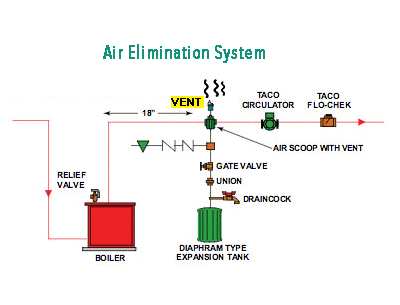
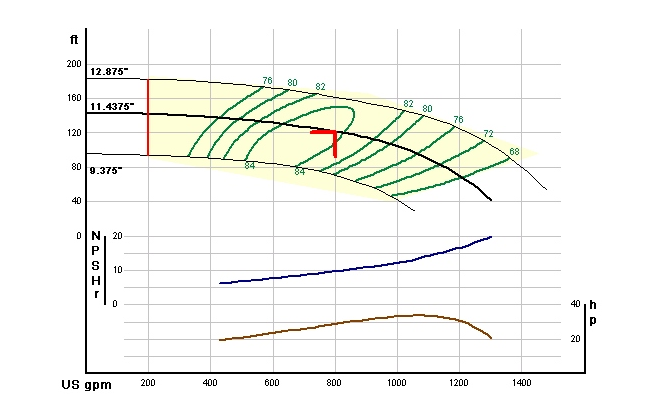

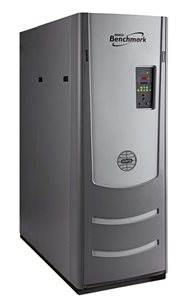
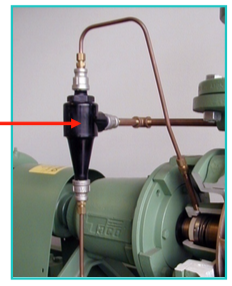
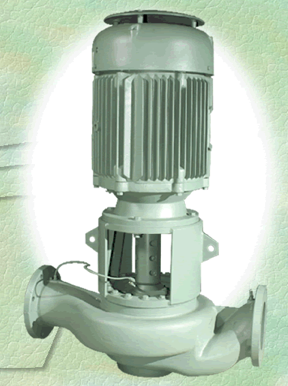

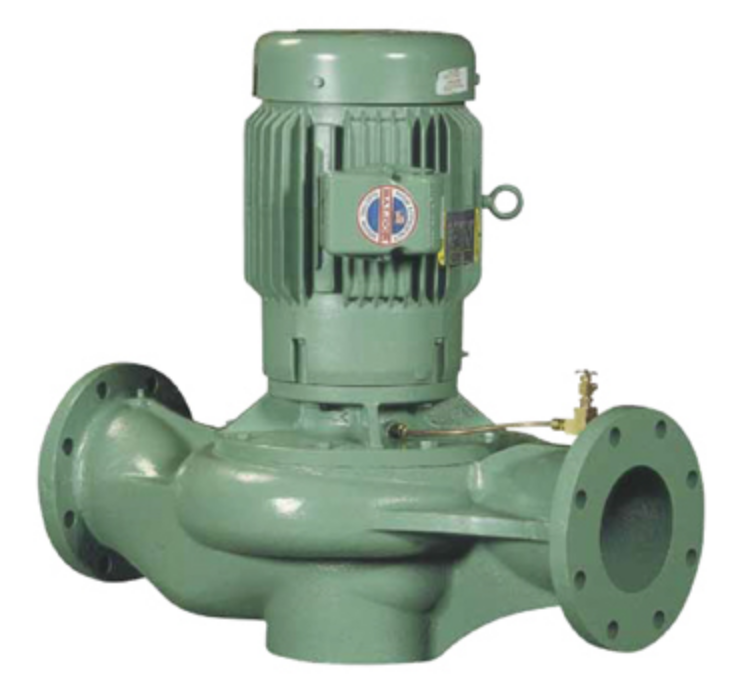
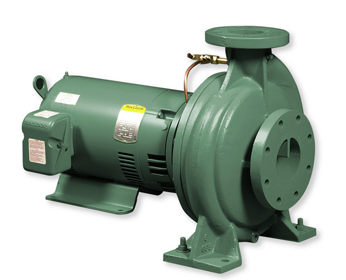



Submit a Comment